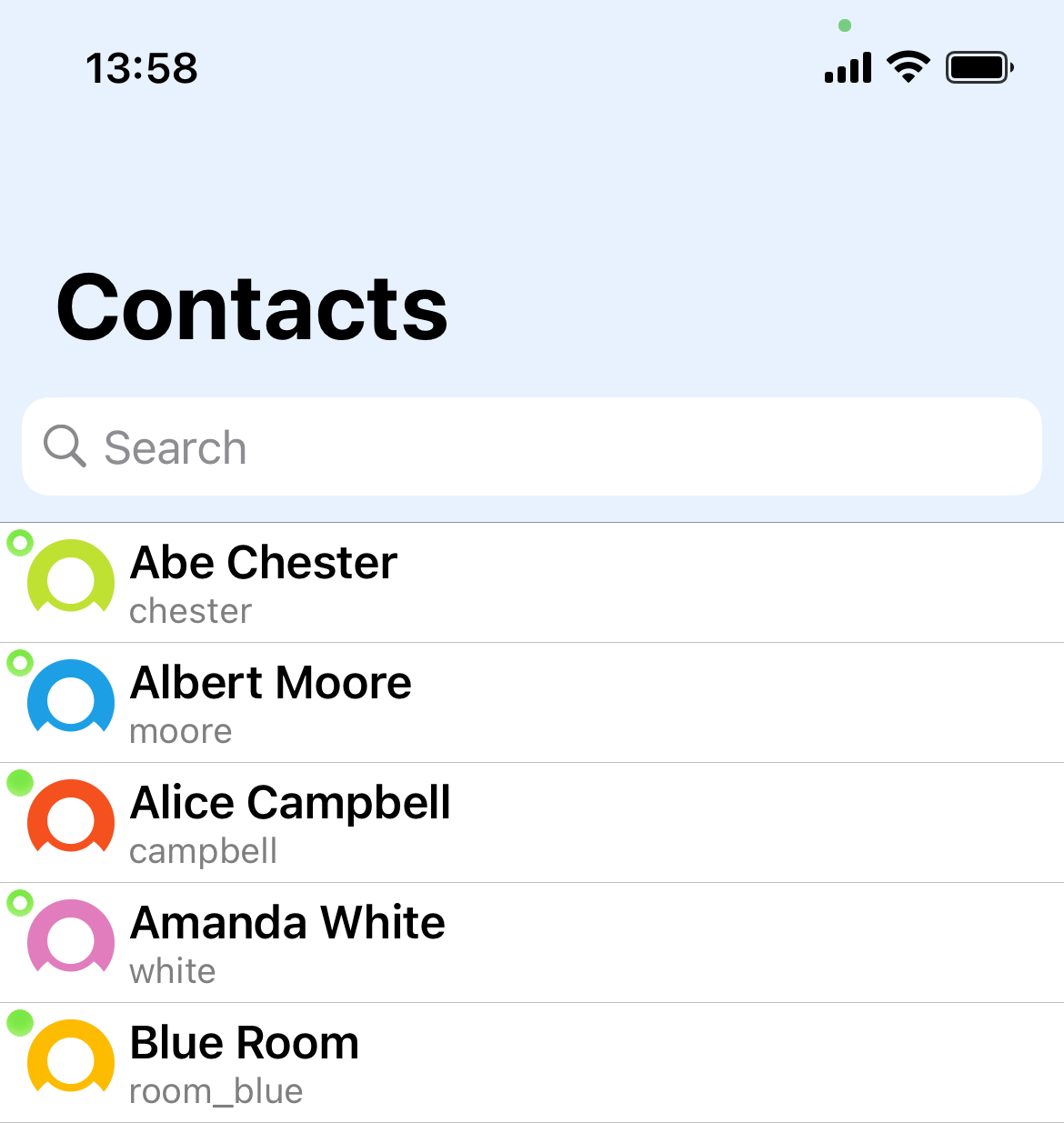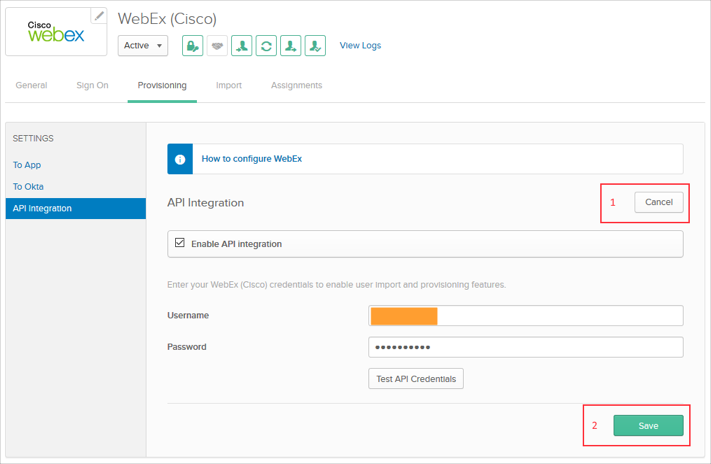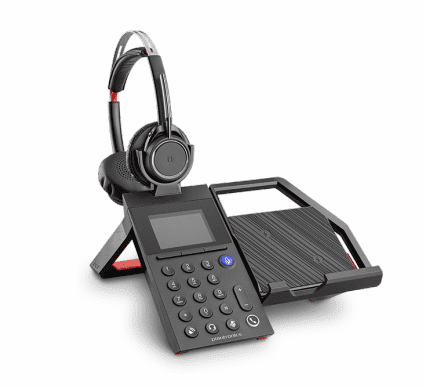

New message posted into a room that you're in Someone left or was kicked out of a room that you're in, or you left or were removed from a room only triggers for group rooms, not 1-to-1 rooms Someone's membership was updated in a room that you're in primarily used to detect moderator changes RoomId - limit to a particular room, by ID personId - limit to a particular person, by ID personEmail - limit to a particular person, by email isModerator - limit to moderators of a room Someone joined a room that you're in or you've been added to a new room MessageId - limit to a particular message, by ID personId - limit to a particular person, by ID roomId - limit to a particular room, by ID Use an “&” between each filter to combine them. Resources, Events, & Filtersīelow is a table of Webex events which webhooks can monitor for a given resource, the actions that will trigger these events, and the various filters you can add to narrow down the specific event notifications you would like to receive. For more information, see The Firehose Webhook. If you do not have access to a particular resource or ID filter, you will receive an error (such as invalid value for filter: roomId) from the API.Īlternatively, Webhooks also support what is commonly known as a “firehose” or “wildcard” webhook, which allows your app to subscribe to several commonly-used resources and/or events with a single webhook. You can only use ID filters for resources you have access to.
#WEBEX TEAMS ACTIVE STATUS HOW TO#
For more information on auth scopes and how to enable them, see Scopes. Likewise, to create a webhook for notification of membership changes to a room, the application must have the spark:memberships_read scope. For example, to create a webhook that receives messages, the application must have the spark:messages_read scope enabled. In order to create a webhook for a resource, make sure that the auth token has a read scope for that resource.

If Webex does not receive a successful HTTP response in the 2xx range from the server, your webhook will be disabled after 100 failed attempts within a five minute period.

A response is also required from the web server for delivery. Please note, that this URL must be publicly reachable and Internet-accessible by Webex, where your application will be listening for inbound HTTP requests. When you create a webhook for a particular event, the notification data will be sent as an HTTP POST, in JSON format, to a URL of your choosing, each time it is triggered.
#WEBEX TEAMS ACTIVE STATUS UPDATE#
You can use the Webex API to create a new webhook, to update an existing webhook, or to delete a webhook once it's no longer needed. You can create, or register, a webhook, via the Webex Webhooks API, to subscribe to the events in Webex that you would like to receive notifications for. Your app can then take action, such as looking up the weather forecast for the requested city, and sending it back to the user. You would want to use webhooks to let your app know when someone has sent a new weather request to your app. For example, let’s say that you are creating a weather bot for Webex where users can ask your bot for the weather forecast in any city. Webhooks work well for your integrations and bots. So, instead of your app having to make repeated calls to the API to determine if a new message has been posted into the room, the webhook will automatically notify you of their occurrence. You can create a webhook to have Webex notify you whenever new messages are posted into that room. rooms, messages, memberships, etc.).įor instance, let’s say you want to be notified when someone posts a message in a room that you’re interested in. The benefit of using webhooks is that they allow your application to receive real-time data from Webex, so you can keep up with the state of your resources (i.e. A webhook is an HTTP callback, or an HTTP POST, to a specified URL that notifies your app when a particular activity or “event” has occurred in one of your resources on the Webex platform.


 0 kommentar(er)
0 kommentar(er)
